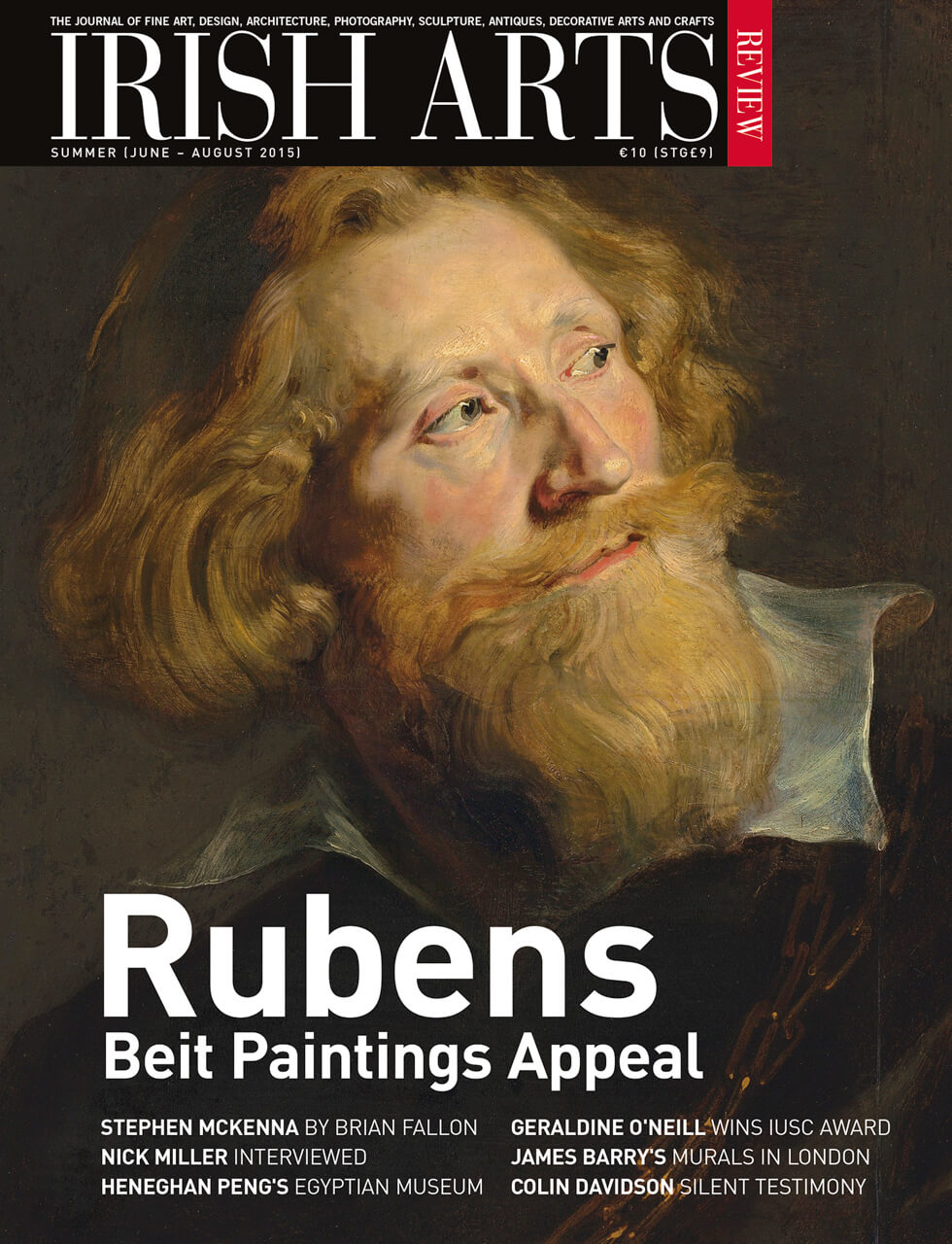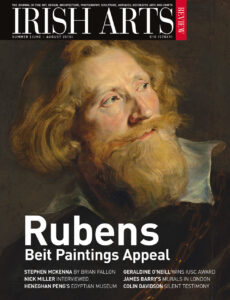

Michael Nolan’s images of a present-day meitheal invoke much older notions of kinship and identity, writes Stephanie McBride of the photographer’s festival sketches.
Michael Nolan was The Irish Times 2013 Street Photographer of the Year. Yet it is the culture of the festival rather than everyday streets that he returns to in several photographic series.
Festivals represent a temporary suspension and transformation of everyday life and surroundings – a deliberate break with normal routine and convention. They can be religious pilgrimages, carnivals, harvest fairs, or even occasions to explore the repressed and forbidden. The subversive lure of the festival can be seen in everything from Brian Friel’s Dancing at Lughnasa to the idea of forbidden fruit in the modern festival branding by some drink companies.
Yet the youthful, subversive, anti-establishment element that marked many music festivals towards the end of the last century has often been diluted, co-opted and eclipsed. Many festivals are now productions with a capital P – carefully packaged, sponsored and managed events, spectacles of consumption for a pan-generational audience. At the same time a new breed of alternative independent festivals has emerged such as Knockanstockan, which features prominently in Nolan’s work.
One of his black-and-white images captures the blur of a drummer and his quivering cymbals in an urban square, complete with pop-up boulevard-style cafe (Fig 4). Yet it is rural areas that tend to experience the most dramatic changes within the festival circuit. This notion of transformation runs through Nolan’s series, as a physical re-making of everyday realms. His photographs go beyond the conventional stage spectacle and star performances to document other transformations and moments in the working life of a festival.
Even before the first act, for days volunteers have been constructing and reshaping the spaces for a temporary performance and changing the world, if only for one long weekend. Nolan’s thoughtful portrait of a man at work – formally centred, shot from below, enveloped by trees – shows him at ease yet intent, focused on his sawing, unfazed by the camera. His body art and extensive ornamentation, his tools which include an army knife dangling like a charm from a necklace, gloved fingers bent in concentration, all suggesting a natural skill (Fig 1). He seems, as Seamus Heaney would have it, ‘professionally unfussed’ in a working environment outside official safety codes.
Nolan talks about how he hopes ‘to take the pulse of a place’ and in another image he offers further perspective on the construction work. Four men are straining but controlled as the camera, in the middle of the activity, levels our gaze on them. They remain absorbed in the demands of securing the guy ropes, neither looking at each other nor at the camera but focused on the rigours of their task. Even here, signs of a wider consumer culture creep in, with a Hugo Boss designer name emblazoned on a waistband.
Yet in contrast to a globalized world of brands, consumption and social fragmentation, these images of a present-day meitheal invoke much older notions of kinship and identity. Nolan describes his approach as based on ‘patience, persistence and instinct’. His images here are the outcome of an engaged yet distant eye. Nolan’s nuanced interpretations of these short-term landscapes show how fields and pasture turn into a temporary village when a collective of makeshift habitats becomes a genuine community for a night or two, a liminal world suspended beyond everyday norms and boundaries.
His intriguing night-time image of a landscape of dome tents takes on a surreal quality, evoking Area 51 and The X-Files’ strange landscape in a black and white B-movie palette. Reinforcing the UFO theme are human figures heading towards the only perceptible light source (Fig 6). Nolan also captures a magical nocturnal atmosphere, this time in colour, where lanterns glow like newly-discovered planets or stars in a medieval firmament, framing our entrance into this night-time scene. A tepee in the centre assumes an otherworldly presence; some revellers are seen in half-light, as the shadows and light – the essentials of photography – are caught in dynamic visual play (Fig 7).
The narrative’s conclusion comes in the gloriously-lit image of the raised marquee at Knockanstockan against drifts of clouds and dark treetops. Shot from ground level, the tent’s candy stripes converge to draw us in and upwards (Fig 5). Against the pale amber of a low sun, the lone silhouette instills an epic quality as he wrestles the final pieces into place. Unlike what Marc Auge defines as ‘non-place’ – standardised, bland, commuter-transit channels such as airports and retail centres – Nolan shows the festival as ‘place’ using an accomplished technique and perceptive choices of monochrome and colour. While the ‘decisive moment’ in Cartier-Bresson’s street photography is a definite touchstone, Nolan’s festival series captures a complementary rhythm – a more reflective engagement that enhances his instinct to capture the shaft of light, shape and action in these fleeting folkloric moments.
Stephanie McBride lectures in film and visual culture at the National College of Art & Design.
From the IAR Archive
First published in the Irish Arts Review Vol 32, No 2, 2015



